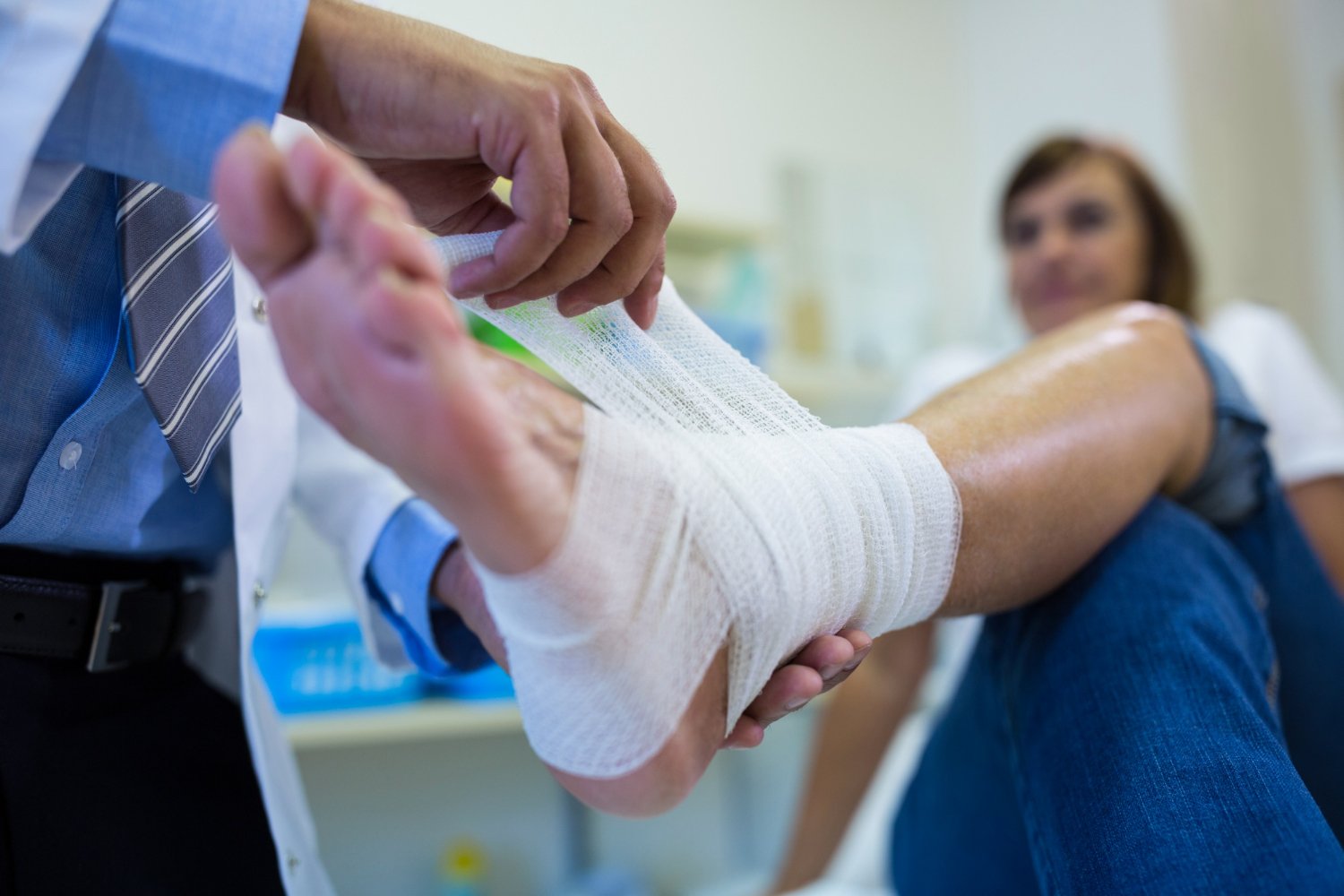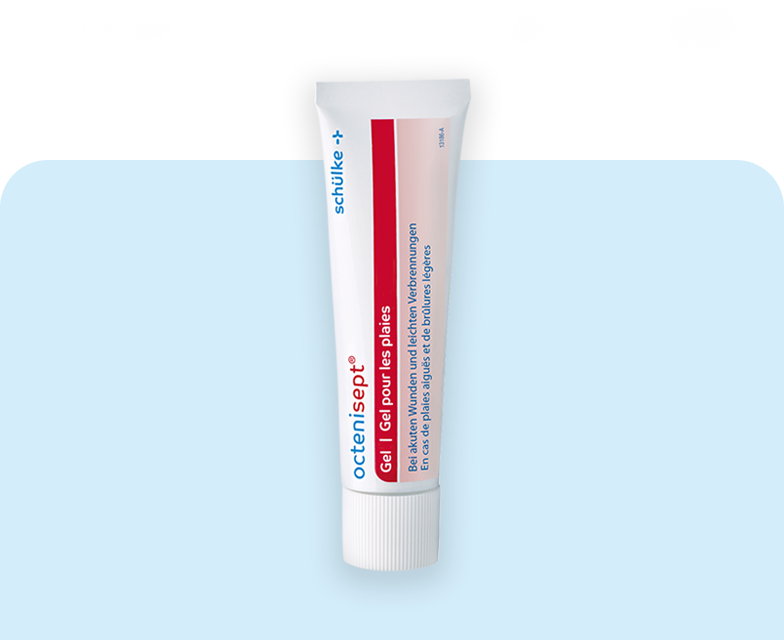When living in the hustle and bustle of Singapore, from the crowded streets of Orchard Road to the serene parks of East Coast, accidents can happen. An unintentional brush against a rough wall or an unfortunate kitchen mishap can lead to wounds. Knowing how to treat them properly with the right wound dressing, wound gels, or antiseptic spray is crucial not just for healing but also to prevent infections.
Understanding Different Wound Types
Before diving into the suitable dressings, understanding the different wound types is paramount.
- Abrasions: These are superficial wounds caused by friction against a rough surface. Think of it as a scraped knee from a fall.
- Lacerations: Deep cuts or tears in the skin, usually caused by sharp objects, perhaps from a kitchen knife slip or a sharp-edged table.
- Incisions: Neatly cut wounds often from surgical procedures.
- Puncture wounds: These arise from an object piercing the skin, like stepping on an unseen nail or getting pricked by thorny plants.
- Burns: These range from first to third degree or more, depending on their severity. From a slight mishap with hot tea to more severe kitchen accidents, burns are common.
- Ulcers: Open sores resulting from skin tissue breaking down, sometimes due to prolonged pressure or lack of circulation.

Features of an Ideal Dressing
For Singaporeans seeking the perfect wound dressing, consider these characteristics:
- Absorbency: It should soak up excess fluid, especially for weepy wounds.
- Breathability: Singapore’s humid climate demands that the dressing allows air circulation to aid healing.
- Protective: Dressings must shield against potential contaminants.
- Adhesive but non-irritating: It should adhere well but not harm the skin upon removal
Choosing the Right Dressing for Each Wound Type
Here’s a guideline suitable for our local context:
- Abrasions: Hydrocolloid dressings or semi-permeable films are ideal. For children, colourful plasters can make the healing process a bit more fun.
- Lacerations: Sterile non-stick pads paired with wound gels can speed up healing. The gel offers a moist environment, crucial for rapid tissue regeneration.
- Incisions: Post-operative wounds benefit from sterile adhesive strips or surgical tapes, ensuring the wound remains closed.
- Puncture wounds: After extracting the foreign object, apply an absorbent pad dressing. A dash of antiseptic spray can ward off potential infections.
- Burns: Hydrogel dressings or specialised burn pads work wonders. Severe burns, however, should be treated by professionals immediately.
- Ulcers: Foam dressings or alginate dressings absorb moisture and promote healing.
Benefits of Wound Gels and Antiseptic Sprays
Singapore’s pharmacies offer a range of products, but why should you consider wound gels or antiseptic sprays?
Wound gels and antiseptic sprays are staples in Singapore’s first-aid kits, and for good reasons. Wound gels create a moist environment, speeding up healing and reducing pain. They protect the wound, lessening exposure to air and potential irritants, which in turn minimises scarring. They’re especially useful for burns and lacerations. Antiseptic sprays, meanwhile, offer swift and simple disinfection, crucial in Singapore’s humid conditions that can foster bacteria. These sprays reduce infection risks, especially for puncture wounds and minor abrasions, by minimising direct contact, which could introduce contaminants. In short, both products are vital for effective, safe wound care.
Caring for wounds, requires diligence:
- Cleanliness First: Clean the wound using mild soap and water. Pat dry gently.
- Apply the Right Product: Use wound gels or antiseptic sprays as per the wound type.
- Dress the Wound: Use the appropriate wound dressing. Change it regularly, especially if it becomes wet or dirty.
- Monitor for Infection: Watch out for increased redness, swelling, pus, or if the wound feels warm. Seek medical attention if any of these signs appear.
- Stay Updated on Tetanus Shots: Especially for deep or dirty wounds.
- Avoid Picking: Let scabs fall off naturally to reduce scarring.
- Seek Professional Help: If the wound is deep, bleeds heavily, or shows infection signs
Conclusion
Whether you’re navigating Singapore’s urban jungle or enjoying its greener spaces, accidents are inevitable. Being prepared with knowledge about wound care, understanding the significance of wound dressings, wound gels, and antiseptic sprays is crucial. Your skin, after all, is your largest organ; taking good care of it ensures it continues to protect you in the best way possible.





